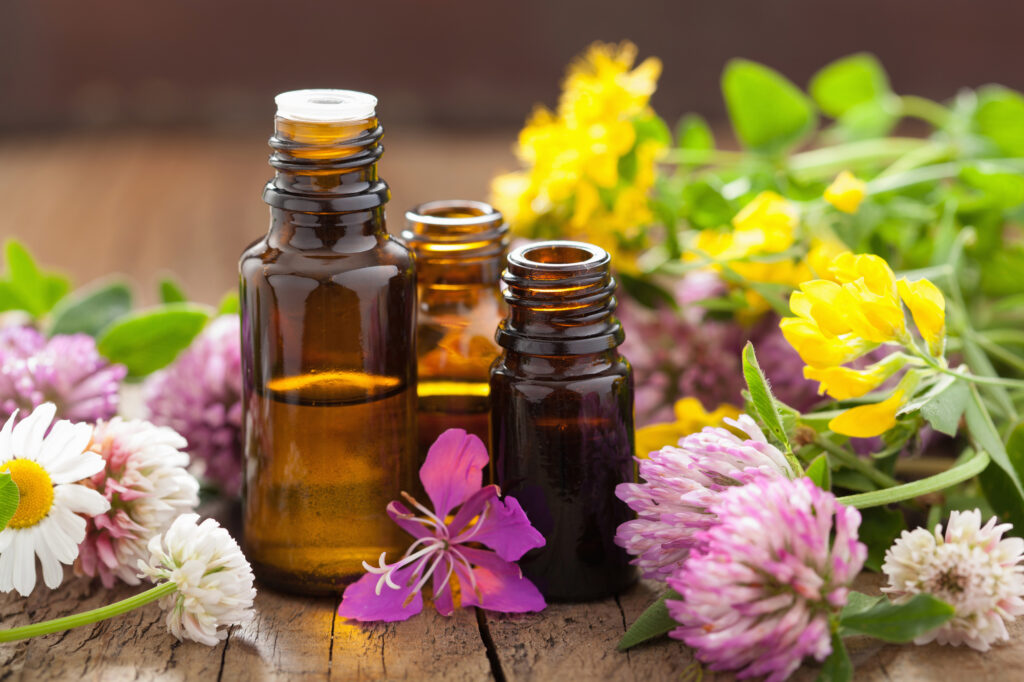Did you know that there are over 232,000 reported pet poisoning cases every year? From food to over-the-counter medication, many household essentials are actually toxic for dogs and cats.
While you may appreciate essential oils, it can be a different story for the animals in your household.
As a pet owner, it’s important to pay attention to essential oil packaging and storage. Keep reading to learn about five different steps you can take to keep your pet safe.
1. Understand the Impacts of Essential Oils
It’s important to recognize that essential oils come with distinct physical and chemical properties—and some are extremely toxic for pets. Diffused oil can cause respiratory problems and can cling to your pet’s hair and be ingested.
Being aware of how you store, use, and package essential oils can prevent future stress and discomfort for you and your pet.
2. Select Pet-Friendly Scents
Essential oils can be applied to the skin used in aromatherapy diffusers and room sprays. There are some essential oils that you need to pay extremely close attention to.
The following oils are poisonous to either dogs and/or cats and require secure packaging:
- Pennyroyal oil
- Pine oil
- Tea tree oil
- Wintergreen oil
- Cinnamon oil
- Citrus oil
- Peppermint oil
- Sweet Birch oil
- Ylang Ylang
- Clove oil
- Eucalyptus oil
- Oregano
- Anise
- Juniper
3. Properly Package Essential Oils
Since oils have specific properties, they need bottles that don’t deteriorate. Essential oil packaging that is properly designed and sealed is extremely important.
For “pure” essential oils, it’s a good idea to invest in glass essential oil bottles or essential oil jars. Rubber and plastic containers are more fragile and should only be used for diluted products.
4. Choose Quality Essential Oil Packaging
It’s important to buy high-quality products that don’t leak. Keep your eye on customer reviews to make sure you choose trusted brands that can keep your pet safe.
Be on the lookout for complaints of:
- Leaking bottles that can leave pools of oil for your pet to consume
- Variable flow rates that can cause you to overuse the product
- Cheap labels that peel off so you can’t keep track of ingredients
Quality packaging is an easy way to ensure you don’t accidentally harm your pet.
5. Designate a Storage Area
To avoid essential oil irritation or poisoning, limit your pet’s access to essential oils. Like with anything that has a strong smell, keep oils and diffusers in an area that pets can’t access.
If you are using an essential oil that’s toxic to pets or if your pet has health problems, make sure to keep them out of any room where oils are being used. Always remember to air out your room before letting your pet back in.
Your Guide to Essential Oils and Pets
As a pet owner, you can still enjoy essential oils and keep your pet safe. Keep an eye out for pet-friendly scents, quality essential oil packaging, and properly packaged products.
If you enjoyed this guide, check out some of our other popular pet content. We are dedicated to expertly answering all of your pet-related questions.

